
Home |
About Us |
How to Participate |
Biodiversity Modules |
Projects |
Maps |
News |
Resources

Home |
About Us |
How to Participate |
Biodiversity Modules |
Projects |
Maps |
News |
Resources
|
Definition of "Agriculture" General Code 300: Intensively managed fields. Does not include un-maintained range used as pasture. It does include land set aside for Conservation Reserves. |
Agriculture: Non-irrigated field (320)
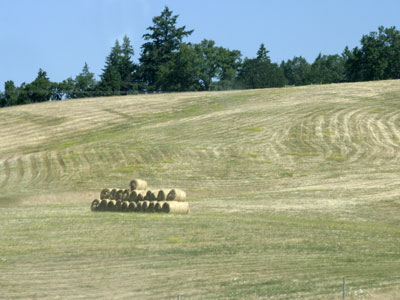 | |
| Descriptive Habitat Code: Agriculture (3) with a non-irrigated field (2) and harvested crop (0). | |
| Photo: TFK | |
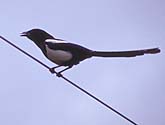 Black-billed magpie Pica pica Code: PIPI Photo: RA |
Distribution and Habitat: It is found in shrub steppe, sparsely wooded, and treeless areas in the Columbia Basin. Diet: Interesting
fact: |
 California gull Larus californius Code: LACAL Photo: RA |
Distribution and Habitat: It is found throughout parts of the western North Pacific Ocean. It breeds on gravel beds along the Columbia River and large lakes in the Columbia Basin. Diet: Interesting fact: |
 Coyote Canis latrans Code: CALAT |
Distribution and Habitat: It is found in mountainous areas, grasslands, deciduous and mixed coniferous forests and even urban areas. Diet: Interesting fact: |
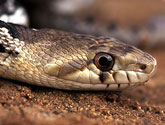 Gopher snake Pitouphis melanoleucas catenifer Code: PIME Photo: Chris Brown |
Distribution and Habitat: It is found in mountainous and rocky areas up to an altitude of at least 8000 feet. Diet: Interesting
fact: |
 Great horned owl Bubo virginianus Code: BUVI Photo: TFK |
Distribution and Habitat: It is found across the state in cliff areas. Diet: Interesting
fact: |
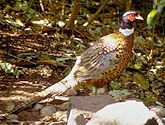 Ring-necked pheasant Phasianus colchicus Code: PHCO Photo: KMD |
Distribution and Habitat: It is found in grasslands, agricultural areas and woodlands. Diet: Interesting fact: |
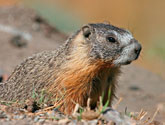 Yellow-bellied marmot Marmota flaviventris Code: MAFL Photo: Natures Pics |
Distribution and Habitat: It is found throughout parts of eastern Washington in semi-arid habitats. Diet: Interesting
fact: |
Home |
About Us |
How to Participate |
Biodiversity Modules |
Projects |
Maps |
News |
Resources